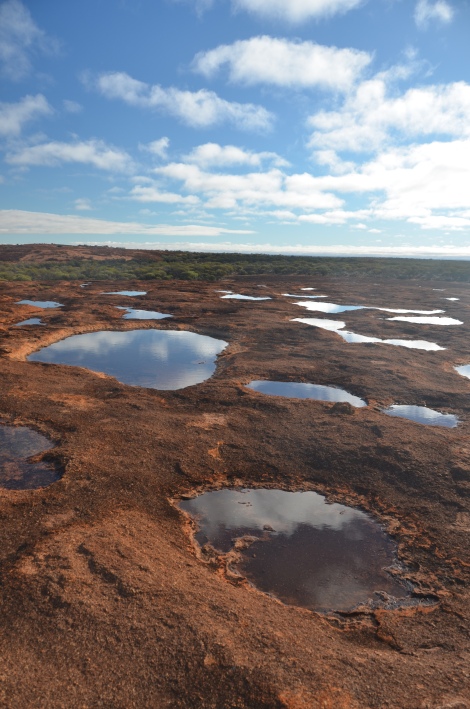Figuring out why species are threatened
In a new paper, Falko Buschke tried to test whether vertebrates that differ in conservation status differ in to what extent their ranges can be predicted by spatial and environmental gradients. It turns out there are no strong differences. Instead, models to predict the ranges of the most threatened species perform much worse than models for least concern species. Also, response to broad environmental gradients could not distinguish endangered, threatened or least concern species. This suggests that we may underestimate extinction risk of species if we would try to assess this based on reliance on specific environmental conditions.
The paper is out in Biodiversity & Conservation























